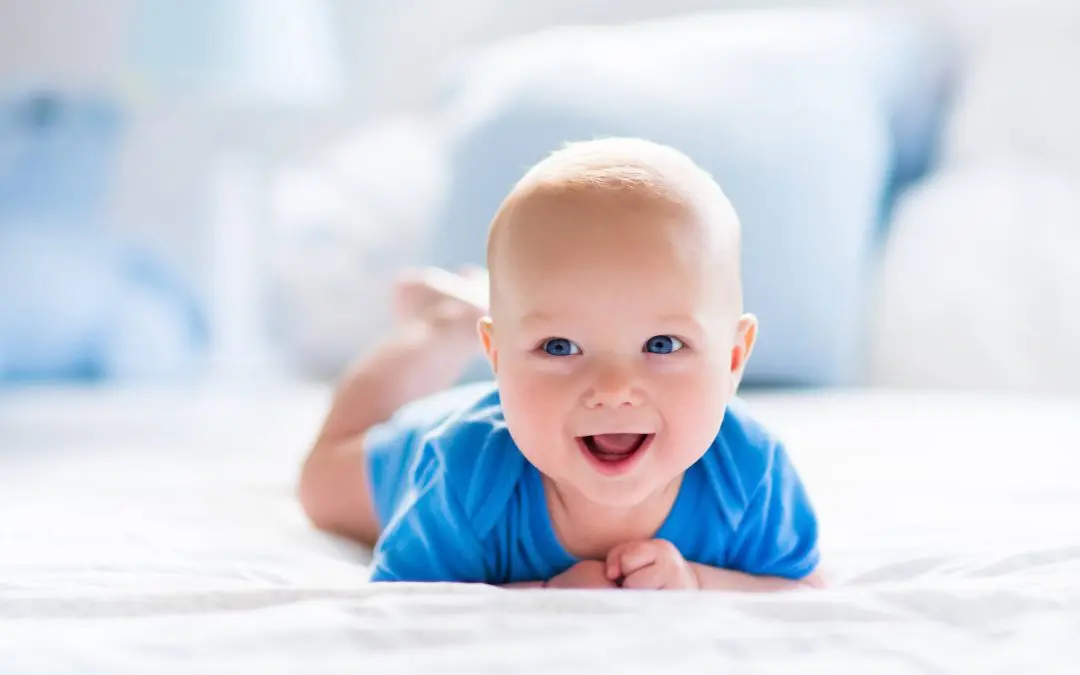Bringing a baby home changes everything—including how you look at your house. Suddenly, ordinary items like coffee tables, electrical outlets, and cabinets seem like safety hazards waiting to happen. Baby-proofing isn’t about bubble-wrapping your entire life, but it does mean creating a space where your child can safely explore and grow. Here’s how to baby-proof your home room by room with practical, smart adjustments that offer peace of mind without overcomplicating your routine.
Living Room Safety
The living room is usually the most used—and most accessible—space in the house, so it makes sense to start here. Look at your furniture layout and identify anything sharp, unstable, or climbable. Coffee tables with sharp edges can be fitted with soft corner protectors. Bookshelves, TVs, and floor lamps should be anchored securely to prevent tipping. Floor-level decorations, picture frames, and electronics often need to be moved out of reach.
Cords are another common hazard. Tuck away blind cords, secure loose electrical cords with covers, and use outlet plugs on unused sockets. If you have a fireplace, install a sturdy gate around it—even if it’s not in use.
How to Baby-Proof Your Kitchen
The kitchen is packed with potential risks, and baby-proofing here takes a mix of prevention and redirection. Start by installing cabinet locks on all lower storage doors—especially those that contain cleaning products, knives, or breakables. Move toxic items to higher cabinets entirely. Drawers with sharp utensils or scissors should be secured as well.
Appliance locks are available for ovens, microwaves, dishwashers, and refrigerators. If your oven gets hot to the touch, get a heat-resistant oven guard. Stove knob covers are also useful, especially if your controls are front-facing and within reach.
Making the Bathroom Safer
Bathrooms require special attention because of the combination of water, slippery surfaces, and cleaning supplies. Install a latch on the toilet lid to prevent your child from opening it. A toilet may seem harmless, but even a small amount of water is a drowning risk.
Keep all personal care products, razors, and medications locked up or moved to a high cabinet. Install non-slip mats in the bathtub and on the floor, and always test water temperature before placing your baby in the bath. A faucet cover helps prevent bumps during bath time. Also, ensure your water heater is set to 120°F or lower to reduce the risk of scalding.
Baby-Proofing the Nursery
The nursery may seem like a safe haven, but there are a few common hazards that need attention. Cribs should meet current safety standards—check that slats are close enough together and that there are no loose pieces. Avoid using crib bumpers, pillows, and blankets until your baby is older.
Once your child starts to sit and stand, make sure there’s nothing nearby they can use to climb out of the crib. Keep the mobile out of reach and remove it as soon as they can sit up.
It takes time to baby-proof your home, but it’s worth the effort. Creating a safer home will give your child more freedom to explore and grow while staying safe.
FAQs About How to Baby-Proof Your Home
When should I start baby-proofing my home?
It’s a good idea to start baby-proofing by the time your baby is around 5 or 6 months old—just before they begin crawling. It gives you time to prepare, rather than rushing once they become mobile.
How long will I need to keep everything baby-proofed?
You’ll likely need safety precautions in place through toddlerhood. As your child grows and learns, you can adjust what’s needed based on their abilities and behavior.
Do I need to baby-proof every room?
Focus on the areas your baby can access regularly. If certain rooms can be kept off-limits with child-proof locks or gates, you may not need to fully baby-proof them.
Are outlet covers really necessary?
Yes. Babies are naturally curious and often explore by sticking fingers and objects into small spaces. Outlet covers are an inexpensive way to prevent a serious electrical injury.
Jamie Schaefer, Professional Home Inspector, provides home inspection services to The Villages, Florida, and the surrounding cities and towns in Central Florida and the New York Metropolitan Area. If you’re buying or selling a property, contact us to request an appointment.

